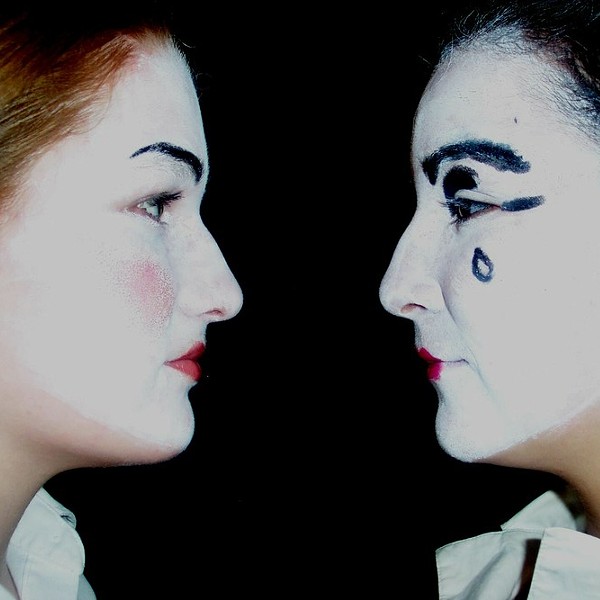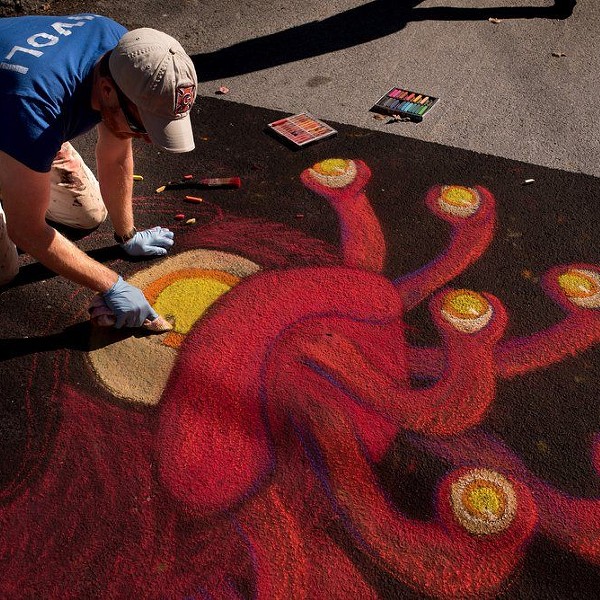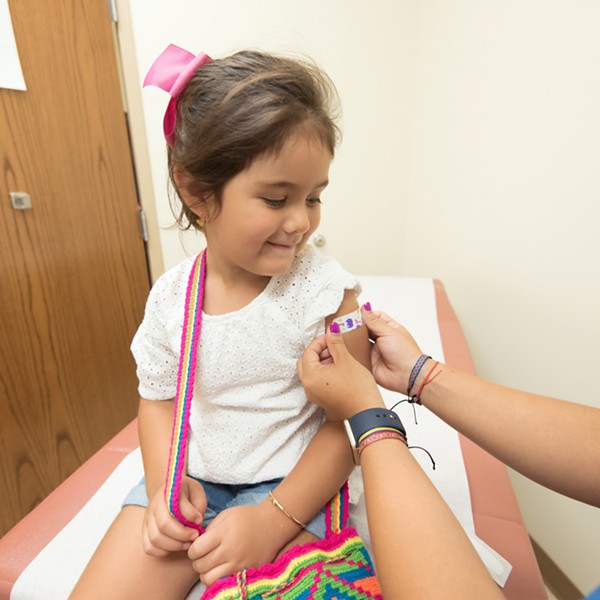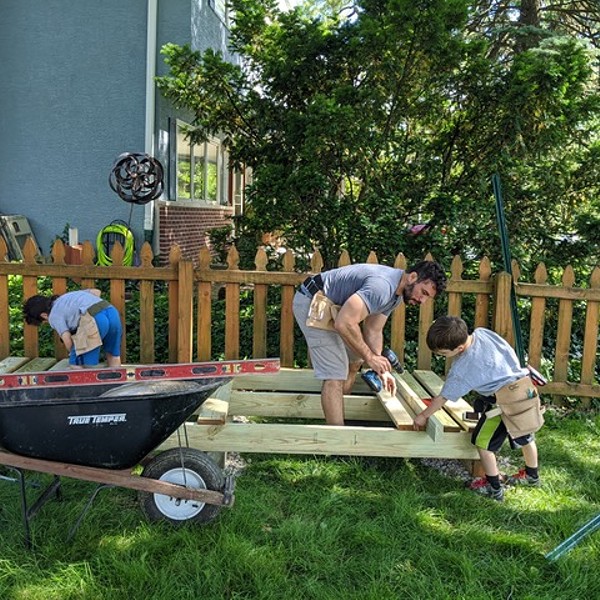One Sunday in 2008, at the entrance to the Philadelphia Zoo, eight-year-old Corey Haas looked up at the sky and screamed. For the first time, he could see the sun. Until that bright September day, Corey, of Glens Falls, had been legally blind due to a degenerative eye disorder called Leber congenital amaurosis type 2. But an experimental gene therapy, administered surgically to his left eye just four days earlier at Children's Hospital of Philadelphia, was starting to kick in. Like the researchers had hoped at the start of this clinical trial, Corey's eye was beginning to produce a protein that it had been unable to make before—a protein crucial for normal vision. He could see the sun and it hurt his eyes, making him do something he had never done in his life: squint. With shaking hands, Corey's father reached for his cell phone and dialed the number of the doctor heading the trial, Dr. Jean Bennett, to tell her the startling news. It was a major moment, and not just for a little boy, but for the entire field of gene therapy. Today, Corey can see well enough to play baseball, ride his bike, and lead a blessedly run-of-the-mill teenage life.
In the six years since Corey's experimental procedure yielded wildly successful results, gene therapy has been gaining ground as a viable medical option to treat a range of diseases and disorders. About 40 people have had their vision restored, as Corey's was, through gene therapy targeting the eye. At least five adults and 19 children have achieved remission from various cancers of the blood—including the common childhood cancer acute lymphoblastic leukemia—thanks to gene therapy. And researchers have successfully helped to control the symptoms of several patients with hemophilia, the potentially fatal bleeding disorder, by injecting them with the correct form of a defective gene. We're still in the early stages; so far, the FDA has not approved any form of gene therapy for use in the United States. Right now, the world has only one approved gene therapy, in Europe, for a rare disease that affects the pancreas—and even that was barely approved, with a lot of restrictions on its use. But with any luck this will change soon. People are counting on it—including a 10-year-old girl in Clifton Park, Hannah Sames, who suffers from a rare neuromuscular degenerative disease for which gene therapy is her best hope.
Paving the Way
Gene therapy was the next big thing in medicine as far back as the 1990s, when early trials showed a lot of promise. Yet, a couple of setbacks halted gene therapy virtually in its tracks. One was the case of Jesse Gelsinger, a teenager in a clinical trial who received experimental gene therapy for a digestive disorder; tragically, Gelsinger's immune system reacted to the treatment with a vicious and fatal counterattack. Researchers have learned a lot since about how to avoid these and other adverse reactions, and the field has quietly carried on. But it was not until six years ago that the scientific community started to see fresh hope in gene therapy, and like Corey, a brighter future.
Corey's story shines with the marvels of modern medicine—but it's also a tale of incredible good luck. "He was in the right place at the right time," says Ricki Lewis, a science writer based near Schenectady with a PhD in genetics, who wrote about Corey and other patients in her book The Forever Fix: Gene Therapy and the Boy Who Saved It (St. Martin's Press, 2012). "He was going blind very slowly, and it was one of those BOCES people who came over to evaluate Corey when he was two-and-a-half who recommended a doctor. Corey ended up at Boston Children's Hospital, where as luck would have it, the physician there had been involved with gene therapy on dogs for his exact disease. Eventually, the Boston doctor referred him to the clinical trial in Philly. They needed an eight year old, and he was almost eight. You can't make this stuff up. It wasn't the big shots—it was regular people, like the person from BOCES, who led to this boy's extraordinary luck."
In October 2008, doctors injected 48 billion copies of a healthy gene into a thin layer of tissue in Corey's left eye. The delivery vehicle for the gene was an adeno-associated virus (AAV), a benign virus. Viruses are programmed to attack human cells, but this one had been armed with an important payload: the gene responsible for instructing cells in the eye to produce RPE65, the protein that Corey lacked. "Basically what AAV does is piggybacks the DNA into the cell, and the DNA goes into the nucleus," says Bennett, MD, PhD, and the lead doctor in the clinical trial. "If the cells aren't dividing, the cells can produce the protein that's encoded, as long as the gene stays there." Just how fast the therapy took to work—four days—took Bennett by surprise. "We didn't expect it to take place so quickly, based on our results from animals. When we gave Corey a mobility test three months after his surgery, he just walked straight through it, almost ran through it, with his treated eye, but was totally stopped with his untreated eye. The director of the National Institutes of Health has shown that video many times to talk about what he thinks is one of the most promising areas of translational science." Since then, Corey has had both eyes treated, and he can sail through any mobility test you throw at him.
Dr. Jean Bennett talking about gene therapy to treat blindness.
A Difficult Diagnosis
Bennett's landmark clinical trials give a lot of hope to other researchers and individuals pursuing gene therapy as a viable option. Lori Sames, for one, has been paying close attention, because this is exactly the kind of science that might help Hannah, her youngest daughter. After Hannah was born in 2004, she met all of her infant milestones. But when she was two-and-a-half, her grandmother noticed that when Hannah walked, her left arch rolled inward. Her parents took her to a podiatrist and a pediatrician, both of whom pronounced her perfectly healthy and said she'd grow out of it. But by three years old, both arches were rolling inward, and her gait resembled that of a child with muscular dystrophy. "Tests kept coming back negative," says Sames about the road toward a diagnosis. "Our neurologist in Albany showed us a textbook with a picture of a little boy with kinky hair like Hannah's, a slightly more pronounced forehead, and pale skin. He said, 'Doesn't this sound like Hannah?'" Finally, a nerve biopsy revealed that the Albany doctor had turned the book to the right page: Hannah had Giant Axonal Neuropathy (GAN), a rare inherited condition that results in progressive nerve death. There is currently no cure, and patients typically do not survive beyond the second or third decade.
The news was devastating to Sames and her husband, Matt. "After we picked ourselves up off the floor, we decided to fight," she said. The couple formed a charity, Hannah's Hope Fund, and immediately contacted researchers to pursue treatment options. When it became clear that gene therapy held the most promise, they concentrated their fundraising efforts and eventually raised $6 million. "Our community has been incredible. We've had to fund this grassroots because GAN is so ultrarare," says Sames. "The pharmaceutical industry isn't going to invest millions into a gene therapy approach that can only go into 20 or 30 patients." Only about 70 people in the world have been diagnosed with GAN. However, studies into gene therapy for GAN, funded by Hannah's Hope at the University of North Carolina at Chapel Hill, could help support the efforts toward finding a cure for other neuromuscular disorders like ALS, spinal muscular atrophy, or even spinal cord injury. "This is the first trial in which genes will be delivered into the spinal cord," says Lewis. "That's one reason why it's so important."
A Rare Approach
When it comes to gene therapy, the uniqueness of a disease can be an asset. "A lot of these therapies start in rare diseases, because it's often very clear what needs to be corrected," says Lewis. "Enzyme deficiency is a very easy thing to understand biochemically." In GAN, patients lack an enzyme that's crucial to nerve cell health. Supplying a patient with a healthy GAN gene will instruct the cells to start producing this key enzyme. In a contained organ like the eye, it's more of a straightforward fix—but a systemic disease like Hannah's comes with a few more challenges. For one, researchers are looking into ways to prevent her body from launching an immune reaction once the healthy genes are in place; since her body has never encountered the enzyme before, it will likely treat it as foreign. Yet research into immunosuppressant drugs is looking promising. Sames is confident that her team, headed by Dr. Steven Gray at UNC Chapel Hill, will receive FDA approval to begin clinical trials for the therapy, perhaps as early as this month. "We don't really expect any surprises from the FDA," says Sames. "They've been great to work with and are excited for us to do this."
While Hannah's team awaits a green light to start trials, Corey's doctors are well into phase III with their studies. The goal is to receive FDA approval for widespread use of their unique, ocular gene therapy. If all goes according to plan, that could happen as soon as 2015. "Of course, our dream is to be able to generate something to help people all over the world who have this condition," says Bennett. But in the long run, it's not just people with a rare eye disease who will benefit. "Once a gene-therapy drug actually gets a foot in the door, gets approved in the US, it will be really encouraging for other therapies. It's not going to be easy—the FDA is going to look at every single aspect of this, so it doesn't open the floodgates for uses that might not be effective or might be dangerous. But once it gets approved, it's going to give us a path for moving forward. Right now, there is no path. Hopefully, if our agent gets approved, it will make it easier for [Hannah's team] to get approval for theirs."
Meanwhile, the clock is ticking and precious lives are at stake. Today, Hannah is a happy fourth grader who loves to swim, enjoys the independence of her wheelchair, and rides an adaptive bike around her neighborhood. She can still walk with the aid of a walker, but it's getting harder every day. Keeping the fundraising efforts going is a constant focus for Sames, as gene therapy is staggeringly expensive in these experimental early days. But hopefully that will change, and the science—which is coming of age along with kids like Corey and Hannah—will keep moving forward, one step at a time.
RESOURCES
Hannah's Hope Fund Hannahshopefund.org
Ricki Lewis Rickilewis.com


















